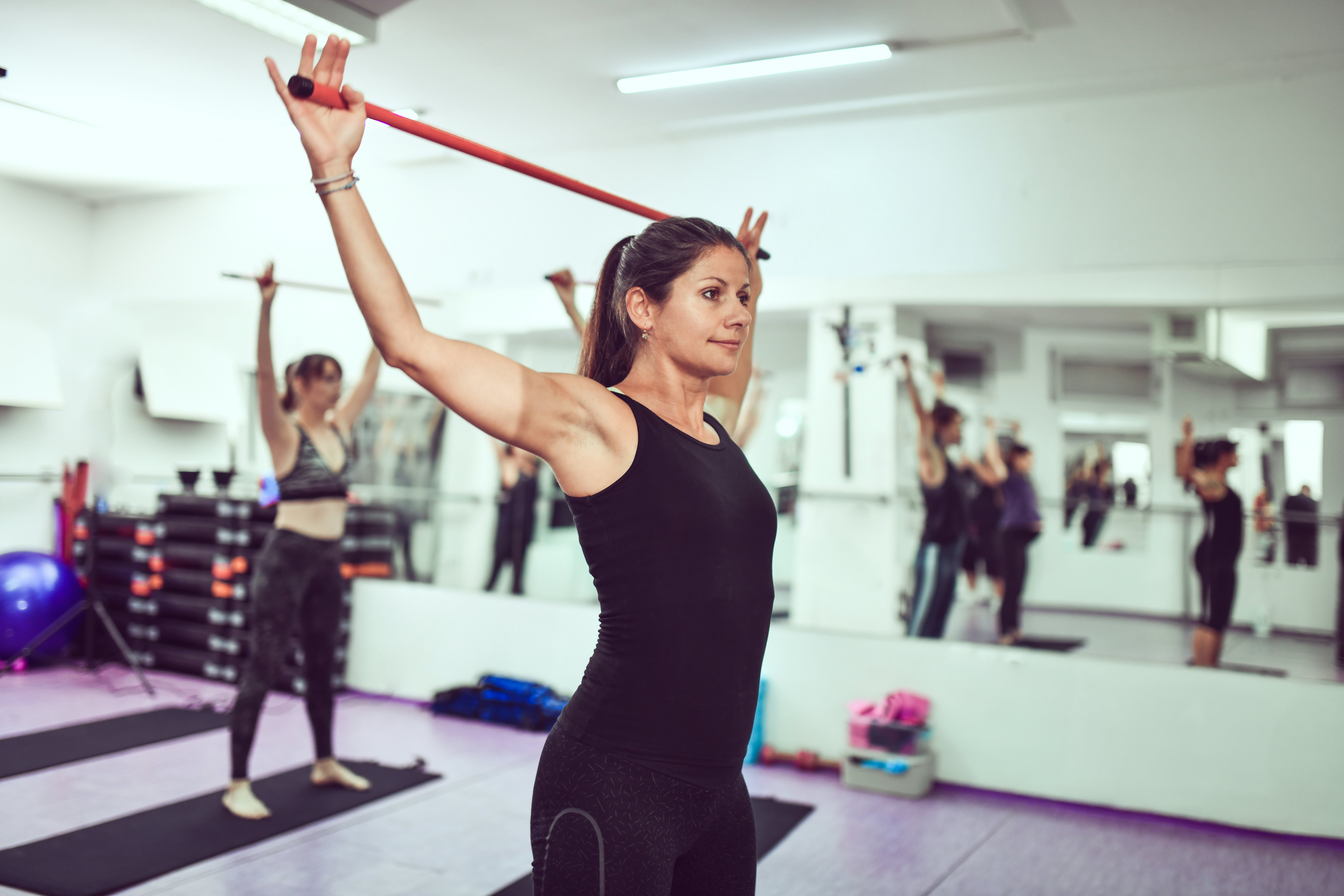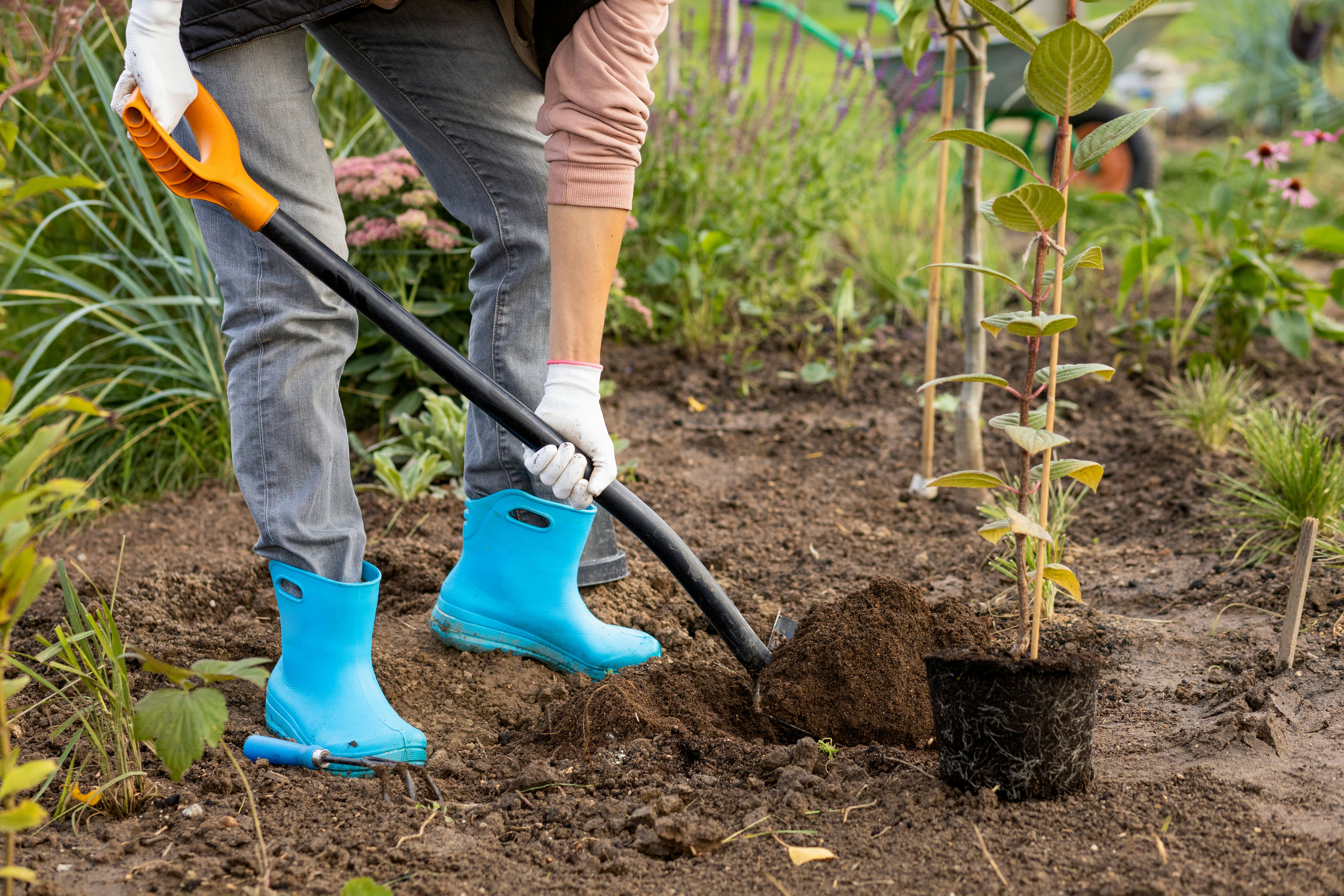
Regular exercise is among the most important things a person can do to maintain good health and increase longevity. This is a real bummer for people like me, who are both innately unathletic and have sedentary jobs.
When you don’t include exercise as part of your routine, it’s hard to know how to start. Fortunately, researchers are increasingly understanding how exercise affects the body, and, in doing so, finding smarter ways for people to exercise smarter. Whether you’re trying to get back into a regular exercise habit after a pandemic lull or getting started for the first time...ever, here’s what experts say about the optimal ways to exercise.
How much exercise should adults get every week?
The CDC recommends adults accumulate 150 minutes of moderate-intensity aerobic activity or 75 minutes of vigorous-intensity aerobic physical activity every week. In addition, the CDC recommends two days of muscle-strengthening activity.
These recommendations echo the World Health Organization’s guidelines, which suggest at least 150 to 300 minutes of moderate-intensity aerobic physical activity a week or 75 to 150 minutes of vigorous-intensity a week; or roughly equivalent combinations of moderate and vigorous exercise. The WHO also suggests two days of muscle-strengthening activity every week.

What type of exercise is best for maintaining good health?
Stephen Ball, a professor of physical therapy at the University of Missouri, tells Inverse that he knows some people might feel like those recommendations require lots of time in the gym. And that might not be appealing to everyone.
“The good news is that many alternatives to structured exercise help reap these same health benefits. Research consistently demonstrates that [physical activity], basically any large bodily movement, whether it is structured or not, is beneficial,” Ball says. “The human body doesn’t know if you are performing ‘exercise’ or if you are mowing the grass. The body knows the energy requirement has increased. Many activities of daily living can substitute for exercise if the intensity is high enough.”
To determine if the activity in question puts you in the moderate zone, Ball recommends the “talk test.” If you are performing an activity of moderate intensity, you will be able to have a conversation during the exercise but won’t be able to sing a song.
The fundamental principle is to incorporate whatever physical activity you can into your daily routine and turn it into a long-term habit.
Emmanuel Stamatakis, a professor of physical activity, lifestyle, and population health at the University of Sydney, tells Inverse that the most recent research he and his colleagues published “suggests that vigorous-intensity physical activity, in particular, is very potent, even when [it] is done as part of daily living, and in very brief bursts lasting 1 to 2 minutes or less, what we call ‘vigorous intermittent lifestyle physical activity.’”
Don’t sleep on the strength-promoting exercise, Stamatakis says. He was one of the authors of a 2018 study the WHO used when developing their guidelines. That study “concluded that meeting the strength promoting exercise guideline is as important as meeting the aerobic physical activity guidelines,” Stamatakis says.

What is more important: exercise frequency or duration?
Ken Nosaka, Director of Exercise and Sports Science at Edith Cowan University in Australia’s School of Medicine and Sports Science, tells Inverse that his research suggests it’s better to do “more frequent exercises than doing a large volume of exercise once a week,” he says. “Our study showed that even six ‘eccentric’ contractions of the elbow flexors a day increased muscle strength when it is performed five days a week for four weeks.”
“The human body doesn’t know if you are performing ‘exercise’ or if you are mowing the grass. The body knows the energy requirement has increased. Many activities of daily living can substitute for exercise if the intensity is high enough.”
“Eccentric” exercises, Nosaka explains, activate and lengthen muscles, often through slow, controlled movements. For example, if you’re holding a weight to do a bicep curl when you lift the weight towards your chest, that’s a concentric contraction. An eccentric contraction is when you slowly lower the weight to your side. These are excellent for building muscle strength, and Nosaka’s work suggests relatively few repetitions of these exercises throughout the day can result in significant gains in muscle strength.
These may be especially useful to people with sedentary jobs, Nosaka says, as there are ways to incorporate eccentric exercises into their workday.
He suggests standing up every 30 minutes or hour and moving for 30 seconds to one minute. “When you go to the toilet, it’s the best time for exercise!” he says.
Strength training is only part of the equation, however. Ball says incorporating aerobic exercise, in which heart rate and respiration are increased for a sustained period of time, as happens with exercises or swimming laps, or anaerobic exercise, in which respiration and heart rate are elevated in short bursts, like when a person is sprinting, into your schedule three to five days a week is a great start. When it comes to duration, consider the intensity of the exercise. “For higher intensity exercise, shorten the duration and vice versa,” he says.
Ideally, Stamatakis says, people should aim to be active every day or nearly every day. “Some benefits of physical activity may be compromised for people who move very little during the week and try to do a long session on the weekend,” he says. “Of course, doing this would still be much better than being sedentary on the weekend as well.”
For people with sedentary jobs or who may have gotten out of the habit of regular exercise, Stamatakis advises trying to become “movement-aware” and creating as many opportunities as possible to move more in daily life. Then set realistic targets.
For example, he says, someone who sits all day and doesn’t do any physical activity could start with a goal of taking a brisk, 10-minute walk every day.
“Once this becomes a habit, try to increase to 15 minutes a day and add two to three short bursts of vigorous-intensity activity a day, such as choosing stairs instead of [elevators] or carrying heavy shopping [bags] for 100 meters [about 0.62 miles] or so,” he says. “By this time, the total amount of physical activity would be very close to meeting WHO’s lower recommendations. Anything above this would be a bonus.”
More important than any specific type of exercise, Stamatakis says, is finding something you can incorporate into your daily routine and keep doing it long term.
The fundamental principle is to incorporate whatever physical activity you can into your daily routine and turn it into a long-term habit. From there, you can set more ambitious goals.
What are some of the most effective exercises?
Ball says that high-intensity interval training, which consists of short bursts of intense exercise interspersed with low-intensity recovery, may be the most efficient for busy people. Strictly speaking, it gives people the most bang for their buck: Because it’s high-intensity, you can get more physical benefits in a shorter amount of time.
“As a rule of thumb, activities that employ large muscle groups that raise the heart rate or make breathing harder are better,” Stamatakis says. “These are physiological signs of higher-intensity movement, provided that occur frequently and regularly, meaning that the body is preparing to adapt to such physical demands by becoming fitter.”

Still, if that doesn’t sound appealing or intimidating, the experts say something is definitely better than nothing.
“All types of incidental physical activity and exercise have their merit and play a role in maintaining good health,” Stamatakis says.
Ball agrees, adding, “modest amounts of moderate activity can improve health. Activity comes in many forms and doesn’t have to be structured exercise.”
More important than any specific type of exercise, Stamatakis says, is finding something you can incorporate into your daily routine and keep doing it long term.
The best way to exercise, in other words, is to find something that you’d be willing to do on a regular basis, and then do it.
THE FUTURE OF YOU explores the tantalizing advancements in personal health, from a future without periods to computers in our brains. Read the rest of the stories here.







